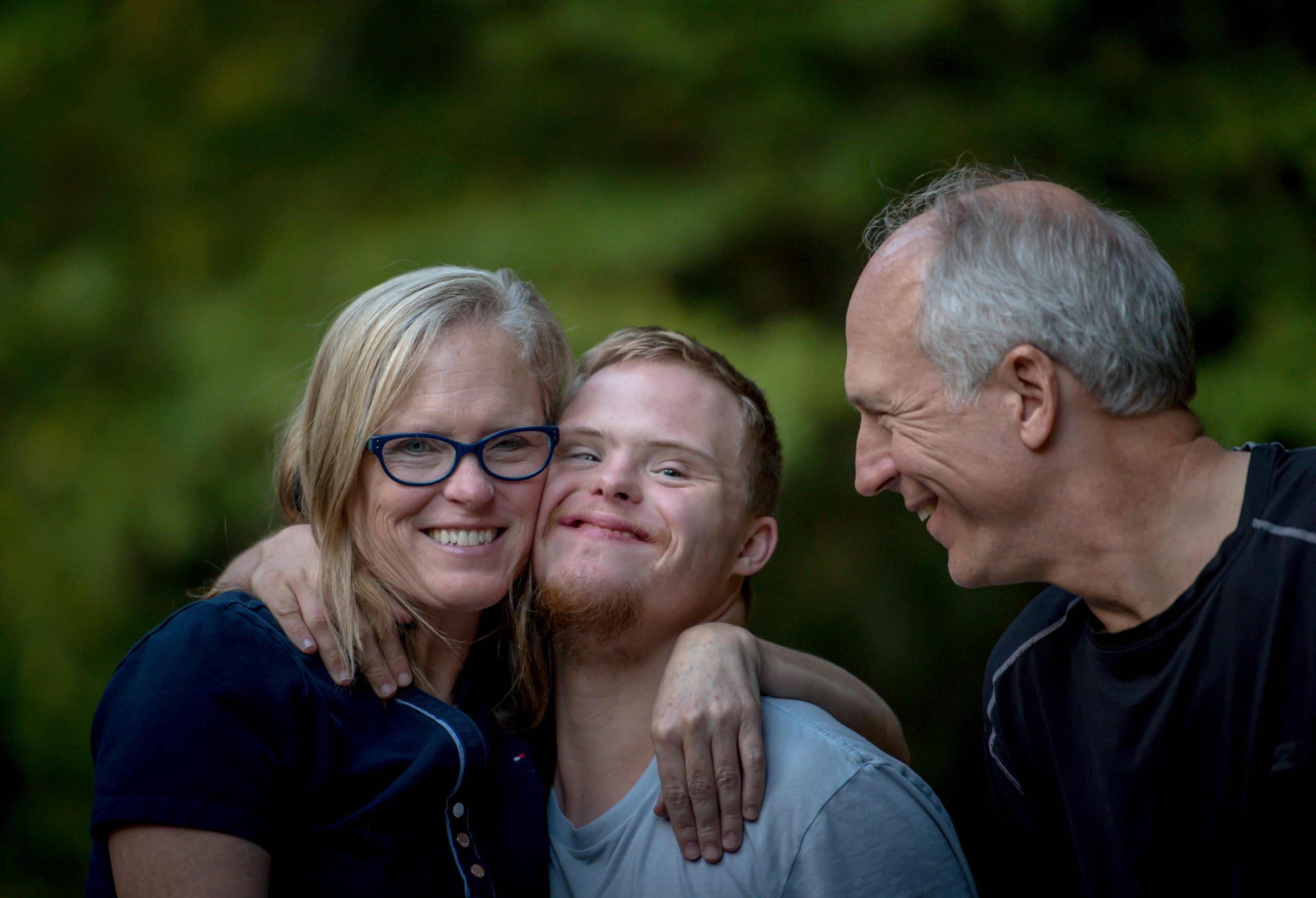
Debunking Myths of Grief
Grief, the complex emotional response to loss, is a universal experience that touches the lives of countless individuals. However, society’s understanding of grief is often clouded by misconceptions and myths. In this blog post, we will explore the myths surrounding grief. At one point or another you may have been introduced to the five stages of grief. Dr. Elisabeth Kübler-Ross presented the five stages of death in her book On Death and Dying. The stages are denial, anger, bargaining, depression, and acceptance (Kübler-Ross, 2005). Over time the stages have been misunderstood. In this post, we will explore the myths surrounding grief, drawing insights from grief expert Dr. Heather Servaty-Seib with Purdue University.
1. Myth: Grief Follows a Linear Path:
Many people mistakenly believe that grief follows a predictable and linear path, with stages that must be experienced in a specific order. The stages of grief were to help provide a framework for those experiencing grief (Kübler-Ross, 2014). However, grief is unique to each individual and there is not a prescriptive progression through the stages that is often portrayed. Servaty-Seib emphasizes that grief is unique to each individual and non-linear process. Grief does not adhere to a rigid timeline, and individuals may experience a variety of emotions and reactions that can fluctuate over time. Each person’s grief journey is unique, and there is no one-size-fits-all model.
2. Myth: Grief Should Be Kept Private:
Another prevalent myth surrounding grief is that it should be kept hidden or dealt with privately. Society often expects individuals to “move on” quickly or suppress their grief. However, Servaty-Seib stresses the importance of openly expressing grief. Sharing one’s feelings and experiences with trusted individuals or support groups can provide comfort, validation, and facilitate the healing process.
3. Myth: Time Heals All Wounds:
The notion that time alone can heal grief is a common myth. While the intensity of grief may change over time, the healing process is not only dependent on the passage of time. Servaty-Seib emphasizes that “grief is not a sickness we recover from- grief has no ending”. Active engagement with grief, such as seeking support, processing emotions, and finding meaning, is crucial for healing and growth. It is not the mere passage of time but how individuals navigate their grief that leads to acknowledgement of what the loss means to them.
4. Myth: Grief is a Solo Journey:
Grief can be an isolating experience, and many individuals feel alone in their sorrow. However, there is value in connection and community during the grieving process. Seeking support from friends, family, or grief support groups can provide a sense of belonging, understanding, and shared experiences. Surrounding oneself with compassionate individuals can help alleviate feelings of isolation and foster healing.
By challenging misconceptions about the nature of grief, we can foster a more empathetic and supportive society. Recognizing the unique and individual nature of grief, promoting open expression, and encouraging community support can facilitate healing and growth for those experiencing loss.



